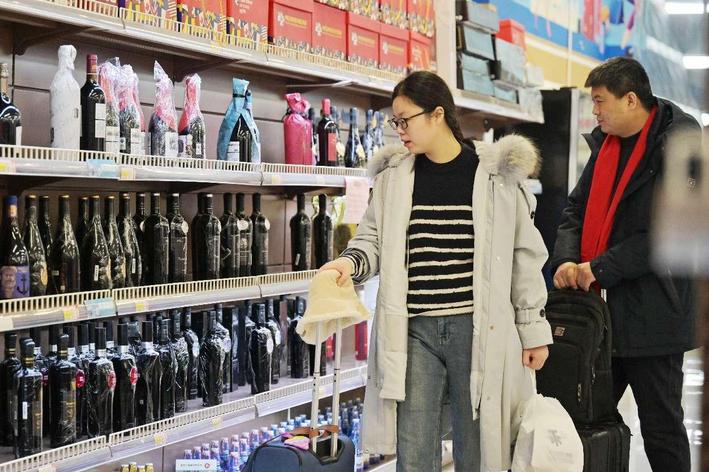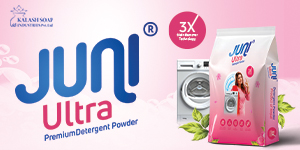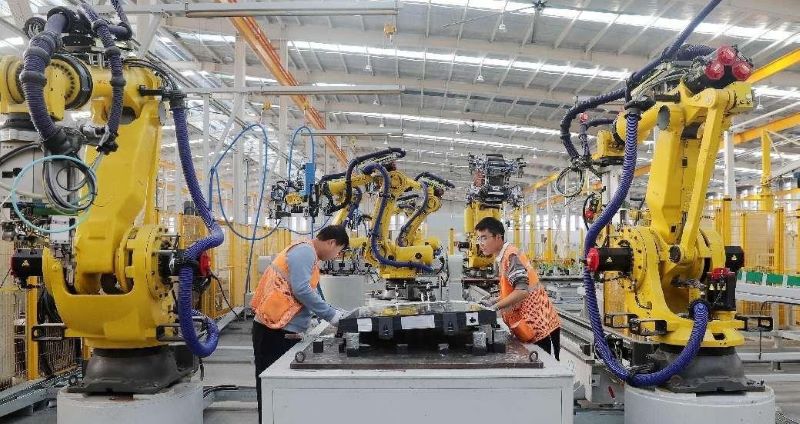High-quality supply winning hearts of Chinese consumers

Agency : From multilingual smart home ecosystems to AI-powered thermal-regulating down jackets and robotic exoskeletons that make climbing easier - China's consumer market is undergoing a wave of positive transformation.
A growing preference for personalized, high-quality, and experience-driven consumption is becoming pronounced. In 2024 alone, over 21 million types of new consumer products were launched across the country, with many high-quality offerings becoming the new favorites of discerning shoppers.
But what constitutes "high-quality supply" in today's China? It could be an exhilarating concert, an immersive countryside retreat, or a hands-free robotic vacuum cleaner.
Far from being confined to luxury, high-quality supply refers to products and services that resonate deeply with consumers, align with smart, green, and healthy development, improve quality of life, and enhance overall wellbeing.
Fueling this shift is a robust and increasingly sophisticated supply system. China is now home to more than 180,000 consumer goods enterprises above the designated size, or those with annual main business revenue of over 20 million yuan ($2.79 million), which account for 38 percent of all industrial enterprises nationwide.
Much of this momentum originates in laboratories. Take a triple-drum washing machine developed by Chinese home appliance manufacturer Haier for example, which resembles the face of Mickey Mouse and allows separate washing for socks, underwear, and outerwear. Users have lauded the machine as evidence that the company "listens to consumers," turning an everyday pain point into a touchpoint of satisfaction.
Behind this responsiveness lie technological breakthroughs such as triple-drum independent drive systems and AI-based fabric recognition, demonstrating how technological ingenuity is now being steered by market insight.
China is the world's largest source of home appliance technology, accounting for 67.34 percent of global patent applications in the sector. In new energy vehicles (NEVs), China leads the world in core technologies related to batteries, motors, and electronic control systems. Innovations developed in laboratories are rapidly transforming into smart products for everyday life, continuously enhancing the quality of life for millions of households.
This transformation is not limited to products alone. Digitalization is remaking the industrial process. In a leading Chinese automaker's factory, an NEV rolls off the production line every minute - a testament to the remarkable speed and efficiency enabled by automated assembly lines. Such seamless production would be impossible without the highly collaborative and digitally integrated NEV industrial chain.
New digital models such as networked collaboration and personalized customization are emerging rapidly. AI now assists research and design engineers, while reverse customization brings high-end bespoke services to consumers. Currently, over 80 percent of light industry enterprises use digital design tools, and nearly half have achieved networked collaboration.
Thanks to 5G and industrial Internet technologies, flexible manufacturing, smart inventory management, and collaborative design are being rapidly adopted across industries such as automobiles, home appliances, and fashion.
High-quality supply is further reinforced by more thoughtful service experiences. At grocery chain store Pangdonglai, services like free trouser hemming, power banks, and pet-sitting have elevated routine shopping into an engaging and enjoyable experience. Consumers refer to the chain, often half-jokingly, as a "5A-rated tourist attraction." The 84 warm service details provided by the chain contribute significantly to enhancing customer satisfaction and infusing joy into the shopping experience.
Meanwhile, in e-commerce, faster deliveries and broader free-shipping zones are becoming standard expectations. Today, superior services are becoming an integral part of superior products, helping businesses forge stronger emotional connections with consumers.
Cultural innovation is also adding momentum. When contemporary toy brand POP MART partnered with Chinese painter Chang Shana to produce Dunhuang-themed collectible blind boxes, ancient culture met pop aesthetics, quickly turning the product into a sought-after item.
Similar collaborations are on the rise in China: New-style tea brands are partnering with popular animation IPs, while immersive dance performances inspired by Tang Dynasty (618-907) court life now light up urban commercial centers. As consumption continues to upgrade, the integration of diverse business models is expanding the boundaries of high-quality supply and creating an ever-growing array of delightful new products and experiences for consumers.
The shift from quantity to quality is not only diversifying China's consumer landscape - it is also propelling the collective rise of Chinese brands. Once associated with labels such as "low-end" or "low-cost original equipment manufacturer (OEM)," Chinese firms are now climbing into the high-value segments of the global value chain.
As effective demand and high-quality supply continue to reinforce one another in a virtuous cycle, Chinese manufacturing is increasingly seizing the opportunities presented by consumption upgrading, responding to people's growing aspirations for a better life and creating infinite possibilities for future development.
-By Han Chunyao, People's Daily




2025-06-11-12-14-05.jpeg)









प्रतिकृया दिनुहोस